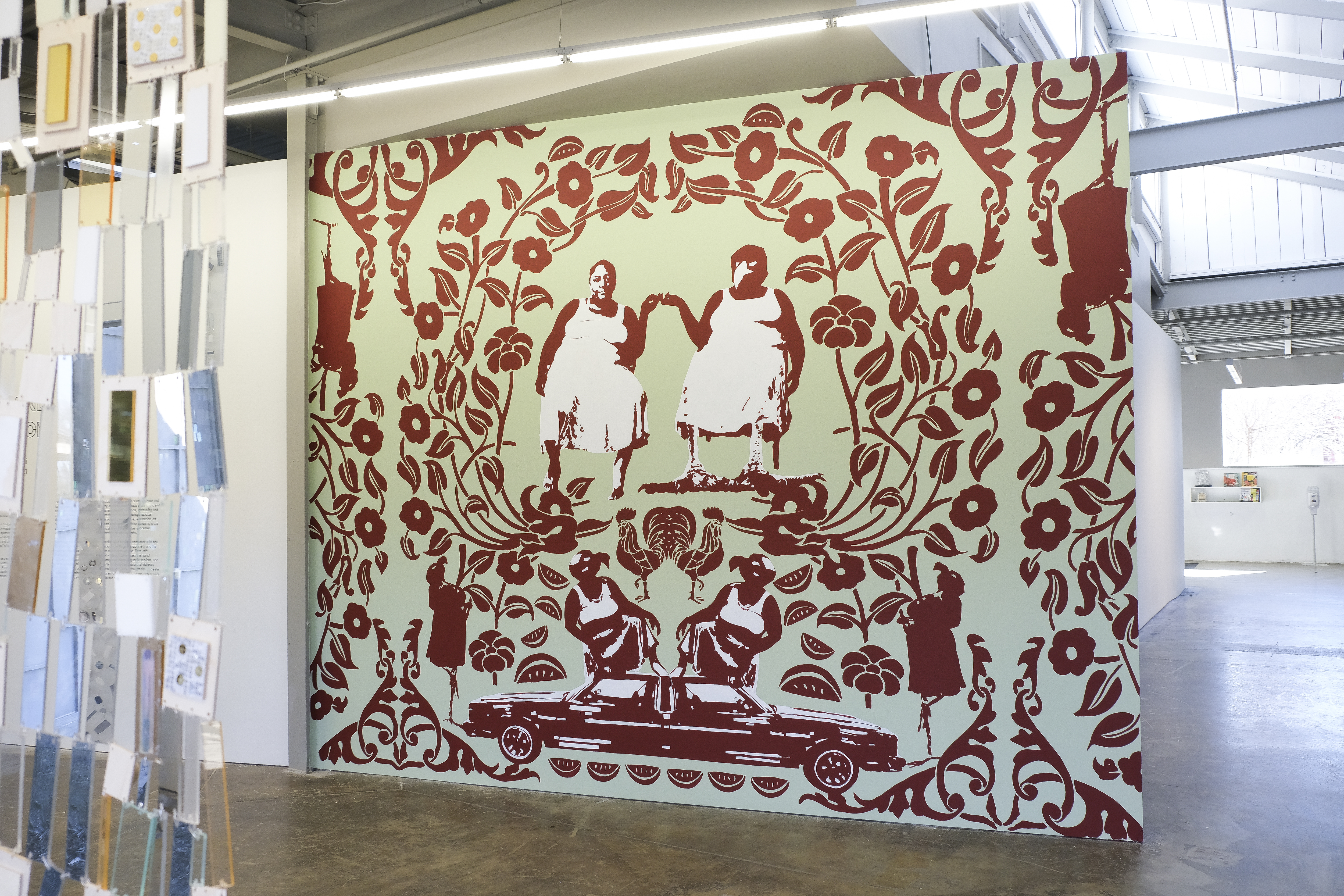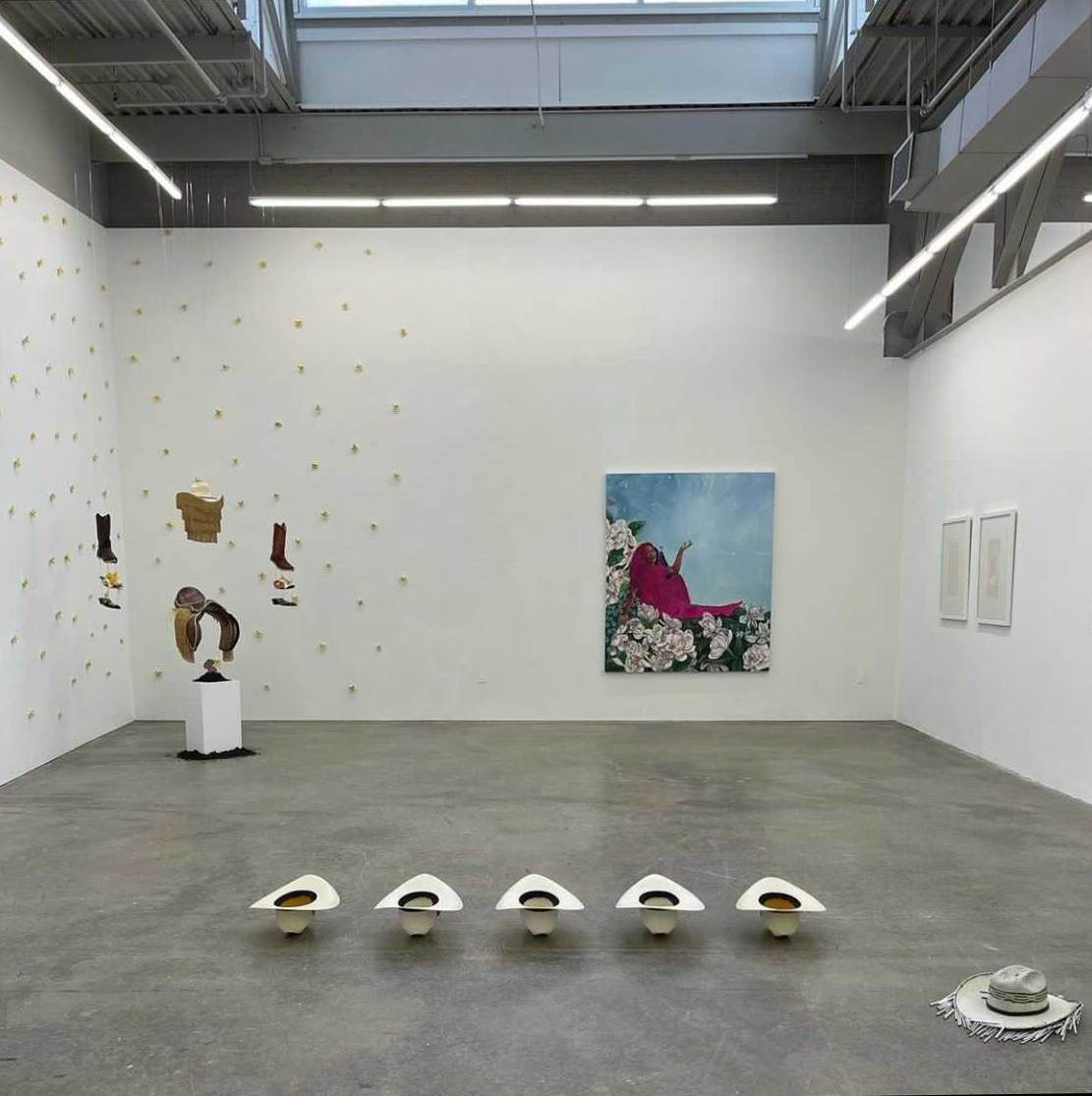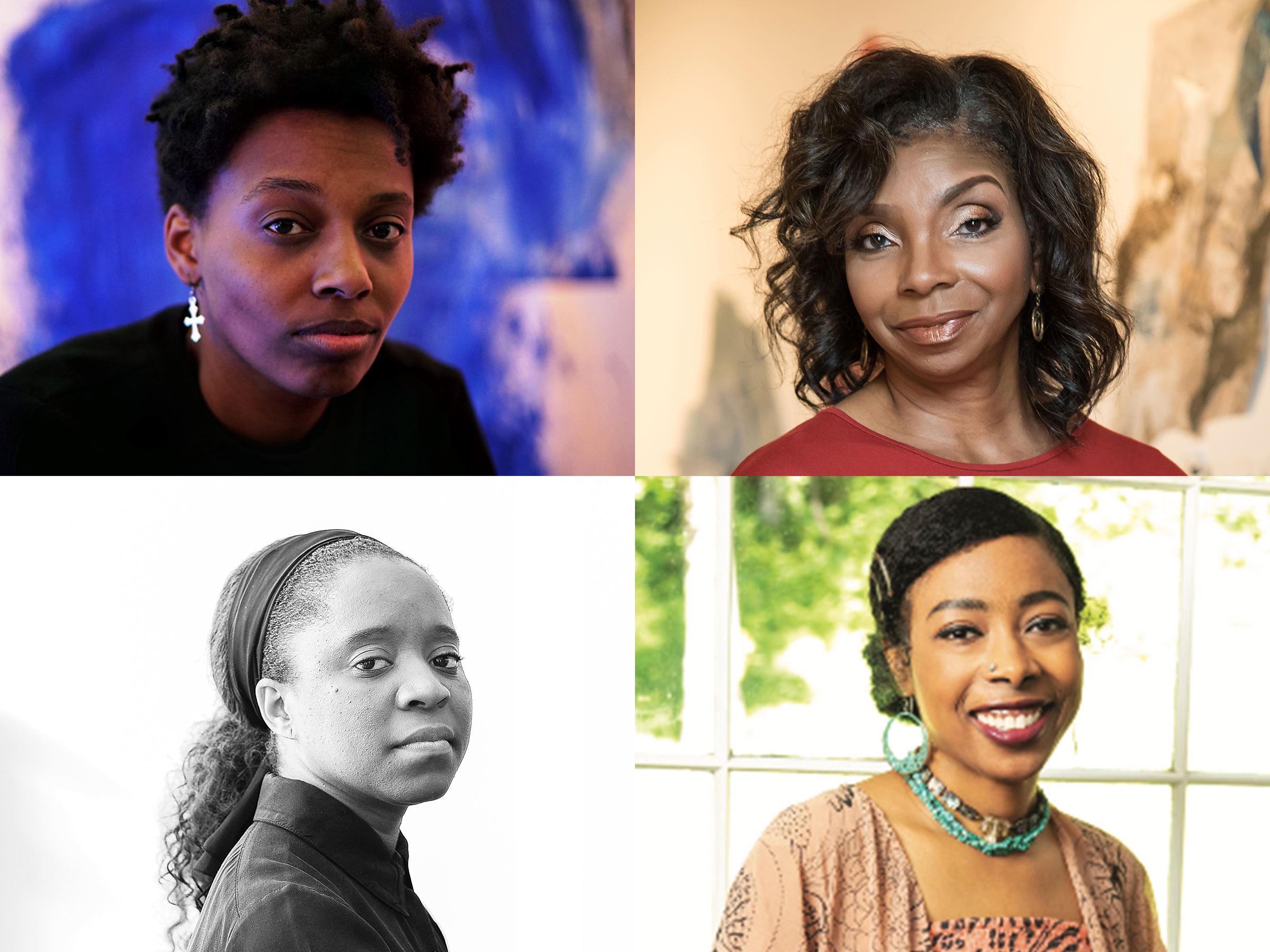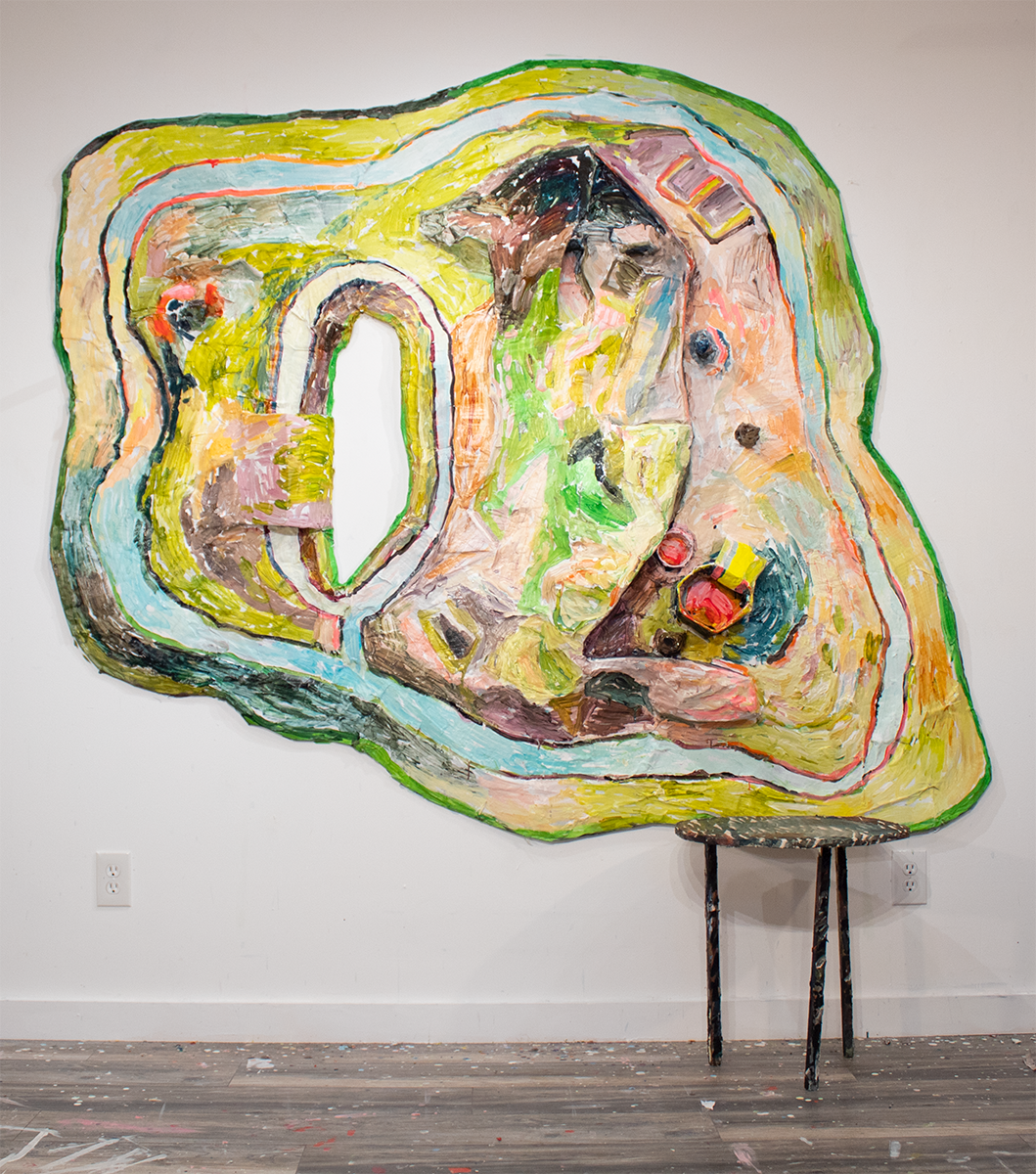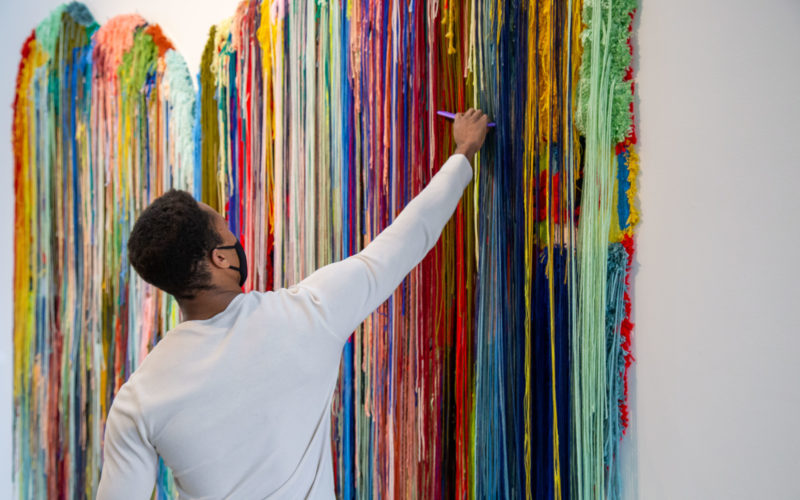Dedicated to the legacies and labor of Stacey Abrams, Helen Butler, Felicia Davis, and Nsé Ufot
“…perhaps art is just all our care in extensive form?”—Toni Morrison
Curated by Dr. Jordan Amirkhani, Of Care and Destruction brings together the work of over thirty artists living, working, exhibiting, and in-residence in the Atlanta metropolitan region and across the southeastern quarter. Ranging from emerging to well-established individuals and collectives working within and between painting, sculpture, drawing, installation, video, and photography, this gathering of artists and projects presents a bold “snapshot” of contemporary art in a time of great grief, loss, isolation, and struggle.
While the range of projects and themes in this exhibition are many, key issues and approaches emerged across the many virtual studio visits and conversations during the development of this exhibition. These include: A confrontation with America’s many mythologies and historical failures; a reckoning with the intersectional inequities of our present; a belief in craftsmanship as a form of care and communion with the past; profound consideration of artistic labor and its relationship to race, gender, precarity, and lived experiences of the body; and a desire to foreground notions of tenderness, beauty, quietude, spirituality, and community within the conceptual structuring of the work, categories often dismissed by White, patriarchal, Western-centric values of representation, art historical or otherwise. Many artists found expression for these concerns in the physicality of their materials and the mutability of their chosen processes, whether in textiles, ceramics, found materials, or photographs.
Submerged within each of the works on display is a unique encounter with one or all of these themes, each theme a reckoning with contemporaneity and the tense gap between all that has been lost and all that we love. Thus, this exhibition is grounded by the belief that while art cannot stem the rise of nationalist movements, alleviate the damages of dissolving social services, nor can it quell the pain and suffering of systemic racism or patriarchal violence, what it can do is act as a guide for how to live and think in fraught times, create space for reflection and generosity, suggest other ways to connect, and provide more rigorous pathways to contextualize our past for a more honest future.
